Despite rapid urbanisation and human expansion, there are still places on Earth where nature exists in its purest form.

These remote and untouched landscapes remain free from permanent human settlements, industrial activity, and artificial structures. In these wild places, ecosystems thrive without interference, wildlife follows ancient migration patterns, and the landscape looks much as it did thousands—or even millions—of years ago. Here are some of the world’s most untouched natural areas, offering a glimpse into what the planet was like before human influence.
The Kamchatka Peninsula, Russia, is a volcanic wilderness
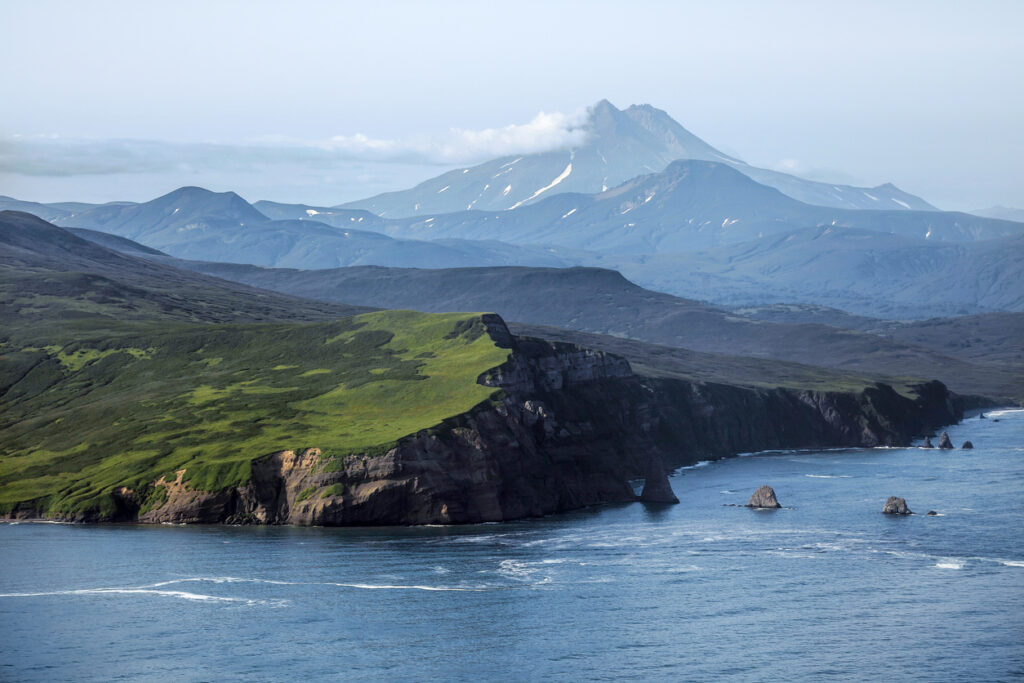
Located in Russia’s Far East, the Kamchatka Peninsula is one of the most pristine and geologically active regions in the world. Home to over 300 volcanoes—29 of which are still active—this rugged landscape features vast tundra, towering peaks, and wild rivers that remain largely untouched by human development. Kamchatka is also one of the few places where large populations of brown bears, wolves, and Steller’s sea eagles thrive without significant human disturbance. Its isolated location and harsh climate have kept it protected from industrialisation, making it one of the last great wildernesses on Earth.
The Namib Sand Sea is a desert untouched by time.
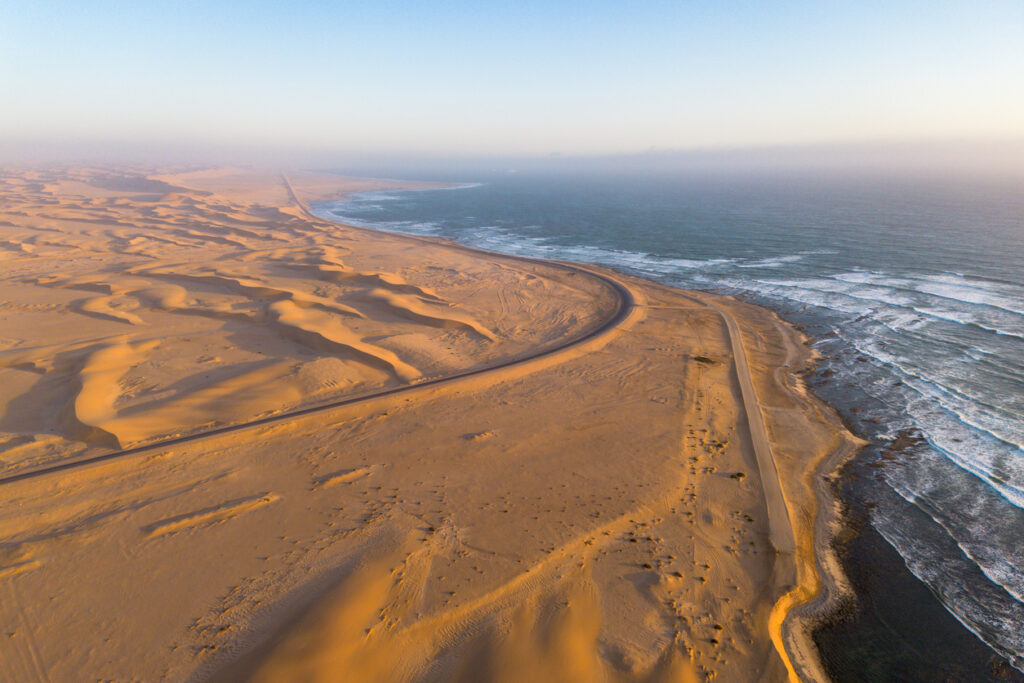
Stretching along Namibia’s Atlantic coast, the Namib Sand Sea is the only coastal desert in the world where massive sand dunes meet the ocean. Some of its dunes, which are among the tallest on Earth, have been forming for over a million years. This vast desert remains almost entirely free from human infrastructure, with only a few remote settlements existing along its edges. Despite its harsh conditions, it supports an array of unique wildlife, including the elusive desert-adapted elephants and the ancient Welwitschia plant, which can live for over a thousand years.
The Svalbard Archipelago is a frozen wilderness.

Located between Norway and the North Pole, the Svalbard Archipelago is a remote Arctic wilderness largely untouched by human hands. With towering glaciers, icy fjords, and vast tundra landscapes, it is one of the few places where polar bears, Arctic foxes, and walruses roam freely without significant human interference. Svalbard has no native human population, and strict environmental regulations prevent large-scale development. The extreme cold and isolation have helped preserve its landscapes in near-pristine condition, making it one of the last true Arctic wildernesses.
The Tepui Mountains of Venezuela are prehistoric islands in the sky.
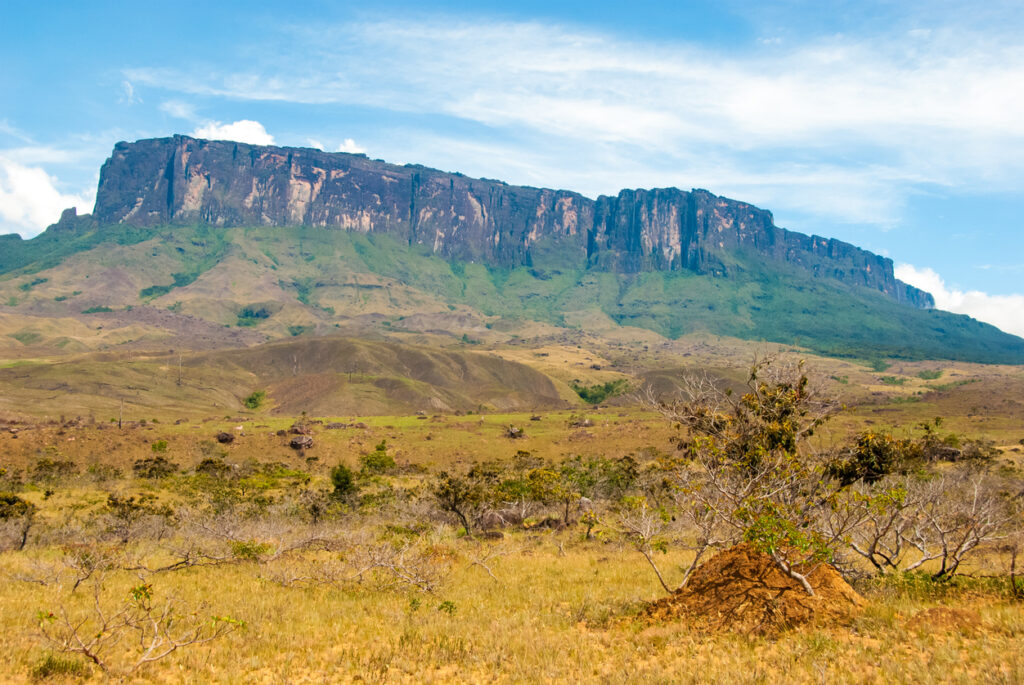
Rising dramatically from the dense rainforests of Venezuela, the Tepui Mountains are some of the oldest geological formations on Earth. These flat-topped plateaus, also known as “islands in the sky,” are largely inaccessible, with sheer cliffs that have kept their ecosystems isolated for millions of years. Because of their isolation, many of the plants and animals found on the tepuis exist nowhere else in the world. The most famous of these mountains, Mount Roraima, inspired Arthur Conan Doyle’s novel The Lost World and remains one of the most untouched places on Earth.
The Kerguelen Islands are one of the most remote places on Earth.
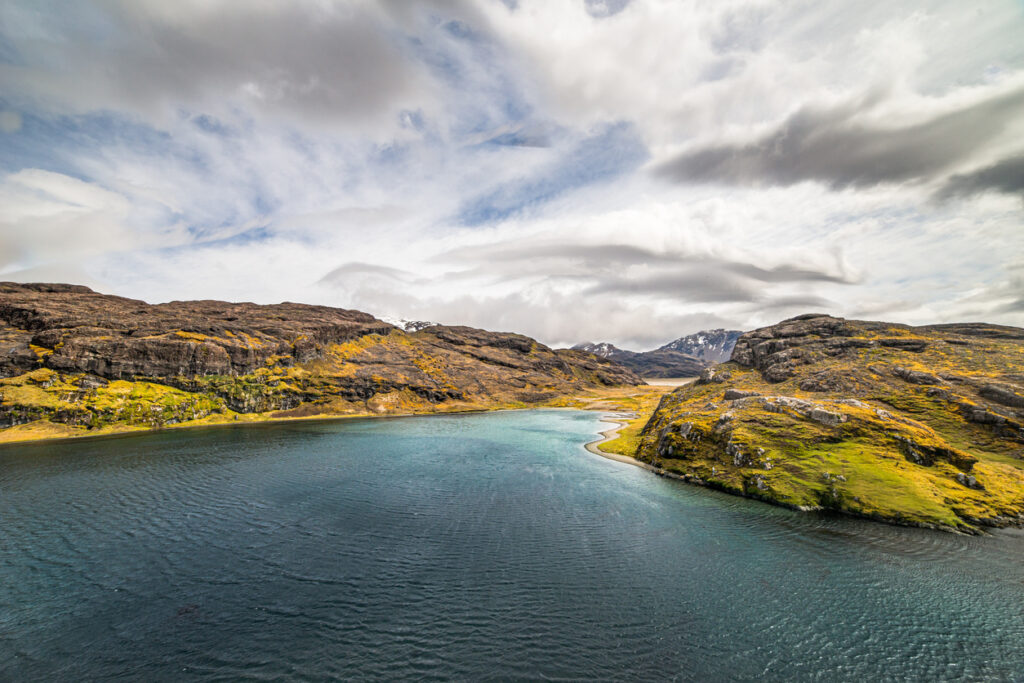
Often called the “Desolation Islands,” the Kerguelen Islands are an uninhabited volcanic archipelago in the southern Indian Ocean. With no native human population and only occasional scientific research stations, these islands remain largely untouched by human activity. The islands’ rugged landscapes, including glaciers, fjords, and windswept plains, support large populations of seals, seabirds, and penguins. Due to their extreme isolation—more than 3,300 kilometers from the nearest inhabited land—they remain one of the most undisturbed ecosystems on the planet.
The Daintree Rainforest in Australia is an ancient, untouched jungle.

Believed to be the oldest tropical rainforest in the world, the Daintree Rainforest in northern Australia has remained largely unchanged for over 180 million years. Unlike other forests that have been altered by human activity, large sections of the Daintree remain pristine, with towering trees, rare ferns, and exotic wildlife untouched by development. This rainforest is home to some of the world’s most unique species, including the cassowary—a prehistoric-looking bird that plays a crucial role in seed dispersal. Strict environmental protections help keep large parts of this wilderness undisturbed, ensuring its survival for future generations.
The Fiordland region of New Zealand is one of the most isolated landscapes.
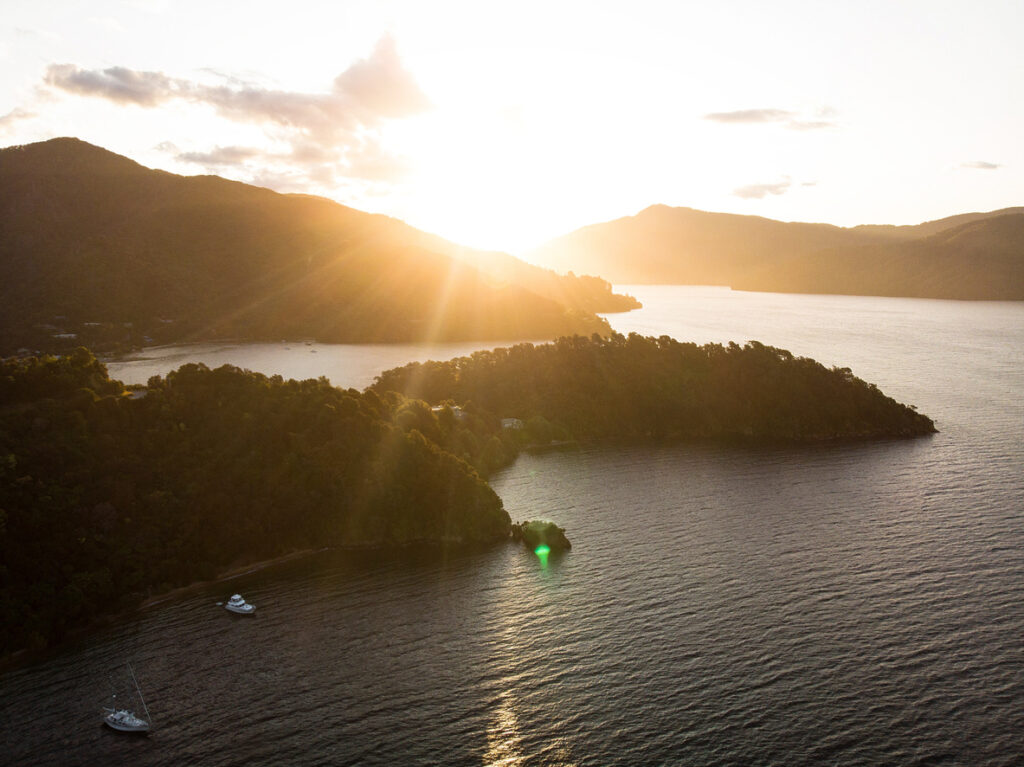
Fiordland, located on New Zealand’s South Island, is a vast and rugged wilderness of deep fjords, ancient forests, and towering mountains. Despite being one of the country’s most breathtaking natural wonders, much of Fiordland remains unexplored due to its difficult terrain and limited access. This area is home to unique wildlife, including the critically endangered kakapo, a flightless nocturnal parrot, and the rare takahe, a bird once thought to be extinct. With no roads leading into the heart of Fiordland, much of it remains untouched, allowing nature to continue undisturbed.
The Amazonian Tepuis of Brazil are isolated worlds of biodiversity.
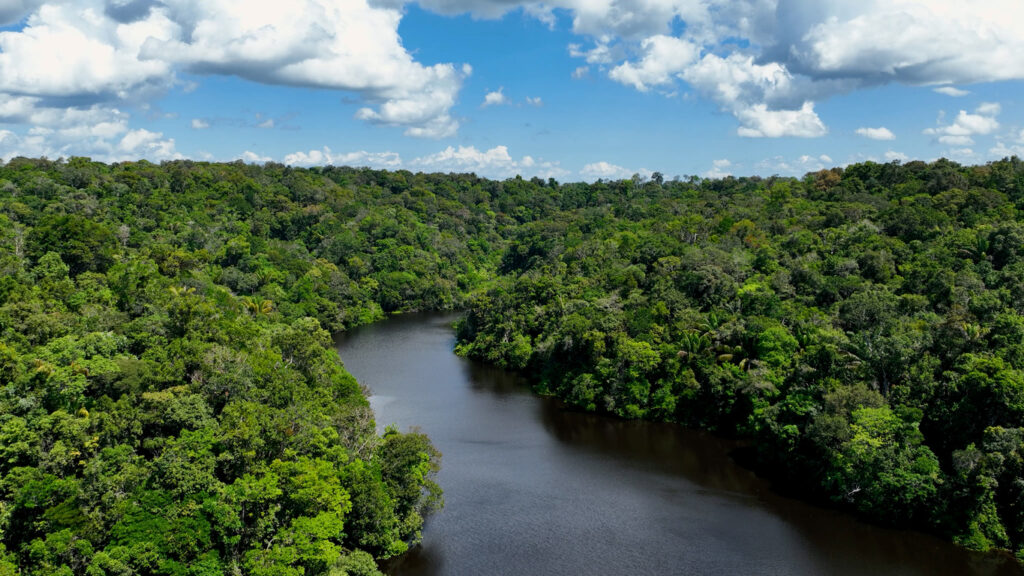
While much of the Amazon Rainforest has been affected by human activity, the Amazonian Tepuis—flat-topped mountains rising from the jungle—remain almost entirely untouched. These towering rock formations, hidden deep within the rainforest, have their own unique ecosystems, separate from the world below. Due to their inaccessibility, these tepuis are home to undiscovered species, including plants and animals that have evolved in isolation. Some scientists believe that studying these ecosystems could reveal secrets about evolution and biodiversity that exist nowhere else on Earth.
The Arctic National Wildlife Refuge remains a wild frontier.
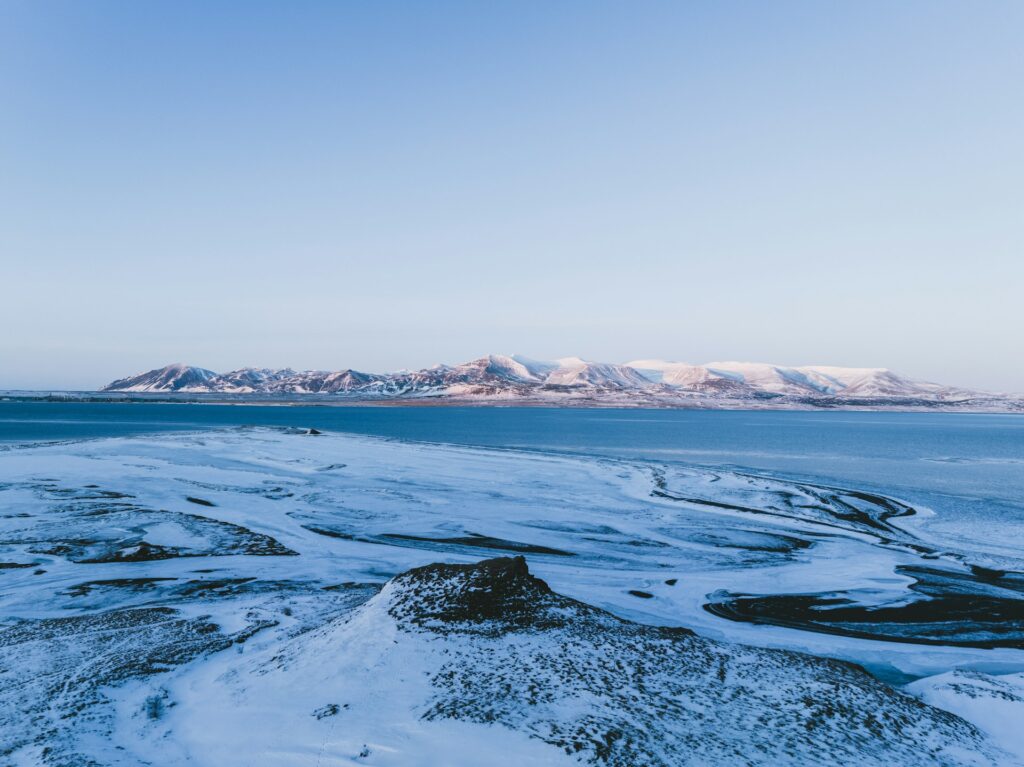
Spanning over 19 million acres in northern Alaska, the Arctic National Wildlife Refuge is one of the last great untouched landscapes in North America. This vast wilderness includes mountains, tundra, and rivers that have remained free from roads, development, or large-scale human activity. The refuge is home to some of the most iconic Arctic wildlife, including caribou, grizzly bears, and musk oxen. Although there have been ongoing debates about oil drilling in the area, conservation efforts continue to protect this fragile and untouched ecosystem.
The Valleys of Bhutan are protected by strict conservation laws.

Bhutan, a small Himalayan kingdom, is home to some of the most untouched wilderness in the world. Nearly 70% of the country is covered in forest, much of which remains in a pristine state due to strict conservation policies. The country’s commitment to environmental sustainability has helped preserve its rivers, valleys, and mountain ecosystems, making Bhutan one of the only places where wild landscapes continue to flourish without large-scale deforestation or industrialisation.
The Kaʻū Forest Reserve in Hawaii is an ancient paradise.
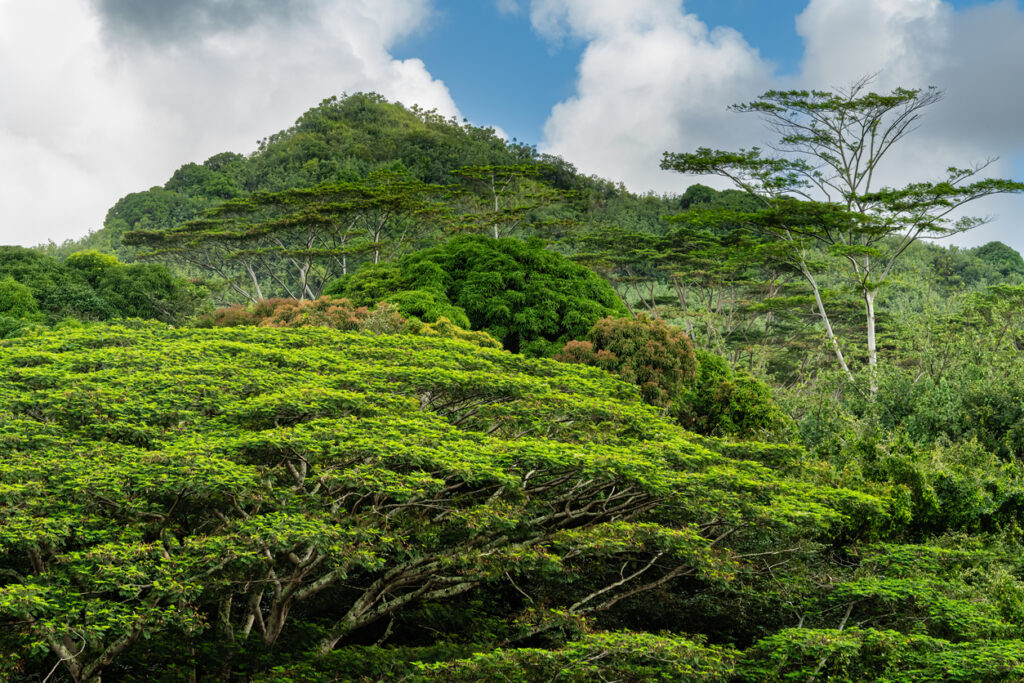
Located on the Big Island of Hawaii, the Kaʻū Forest Reserve is one of the last remaining untouched rainforests in the Hawaiian Islands. This rugged and remote landscape is home to rare native birds, towering koa trees, and hidden waterfalls. Because of its inaccessibility, much of the forest remains undisturbed, allowing native plants and animals to thrive without human interference. Conservation efforts focus on protecting the reserve from invasive species and habitat destruction, ensuring that this natural paradise remains preserved.
Nature’s untouched wonders remind us of what we stand to lose.

In an era of rapid development, these untouched wilderness areas are reminders of the raw beauty and resilience of nature. Many of them remain wild due to their extreme isolation, difficult terrain, or strict conservation efforts. While humans have altered much of the planet, these places stand as proof that nature, when left alone, can thrive in ways we are only beginning to understand. By supporting conservation initiatives, reducing our environmental impact, and advocating for the protection of wild places, we can help ensure that these stunning landscapes remain untouched for generations to come.